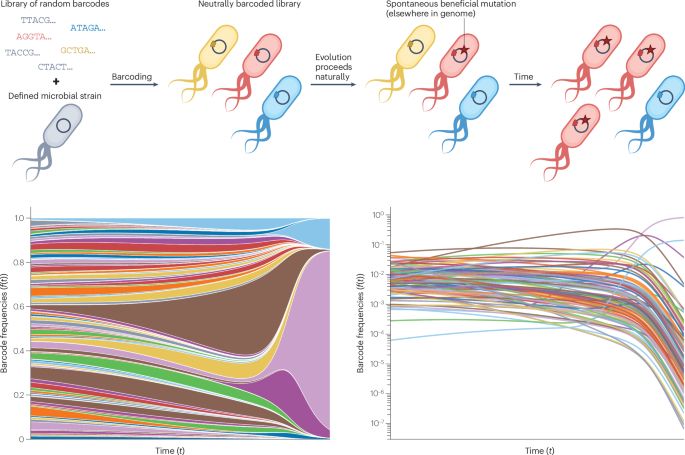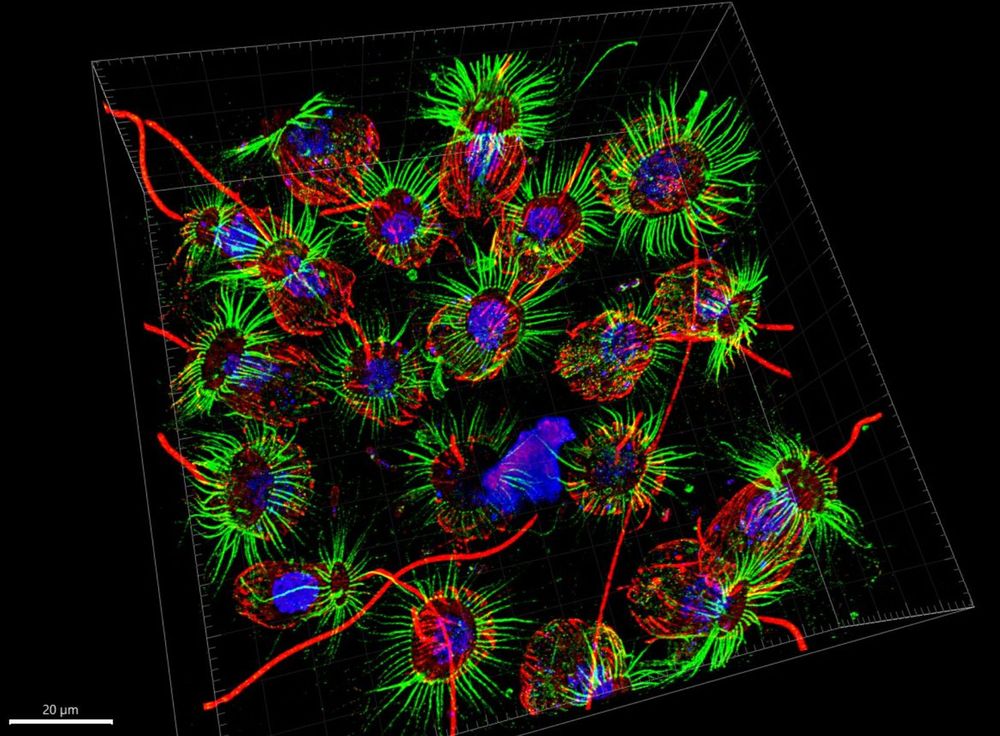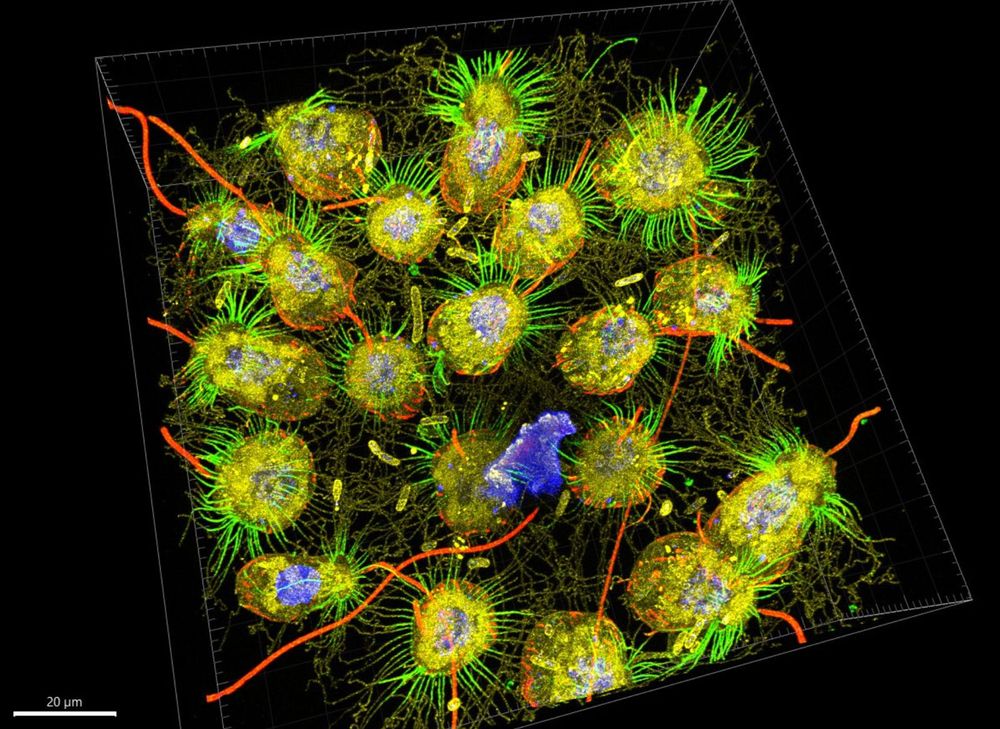Yuya Karita
@yuyakarita.bsky.social
26 followers
44 following
5 posts
Studying microbial populations in spatial structures. UTokyo, Japan.
Posts
Media
Videos
Starter Packs
Reposted by Yuya Karita
Joao Ascensao
@joaoascensao.bsky.social
· Jul 21
Reposted by Yuya Karita
Reposted by Yuya Karita
Reposted by Yuya Karita
Reposted by Yuya Karita
Kyogo Kawaguchi
@kyogok.bsky.social
· May 15

Bubble formation in active binary mixture model
Phase separation, the spontaneous segregation of density, is a ubiquitous phenomenon observed across diverse physical and biological systems. Within a crowd of self-propelled elements, active phase se...
arxiv.org
Yuya Karita
@yuyakarita.bsky.social
· May 6
Yuya Karita
@yuyakarita.bsky.social
· May 6
Yuya Karita
@yuyakarita.bsky.social
· May 6
Yuya Karita
@yuyakarita.bsky.social
· May 6

Context-Dependent Adaptation in Structured Environments
Adaptive evolution often leads to niche specialization, but successful colonization of a new niche can depend as much on ecological context as on genetic change. This is especially true in spatially s...
doi.org
Reposted by Yuya Karita
Reposted by Yuya Karita
Reposted by Yuya Karita
SeppeKuehnLab
@seppekuehnlab.bsky.social
· Mar 24
Reposted by Yuya Karita
Reposted by Yuya Karita





